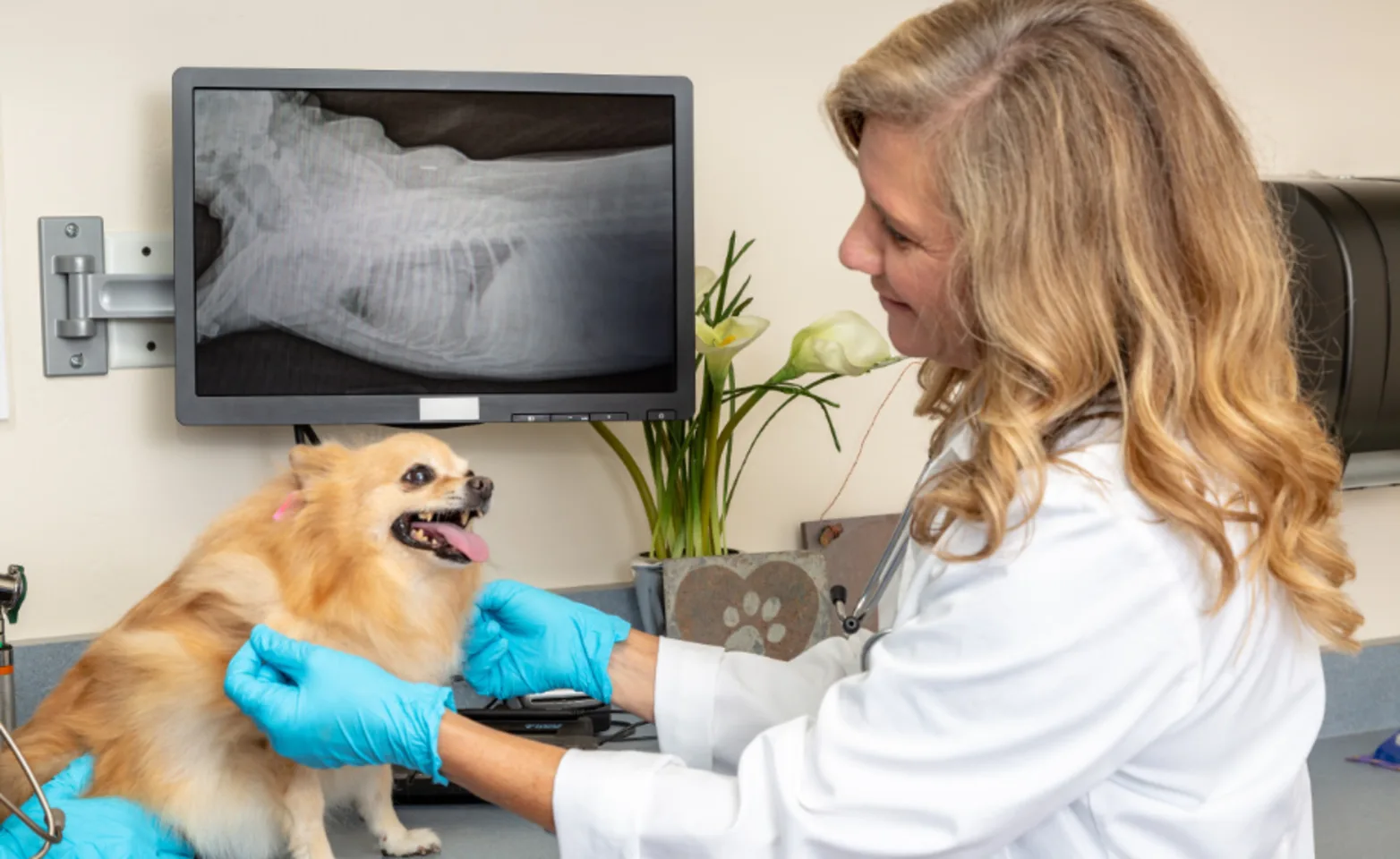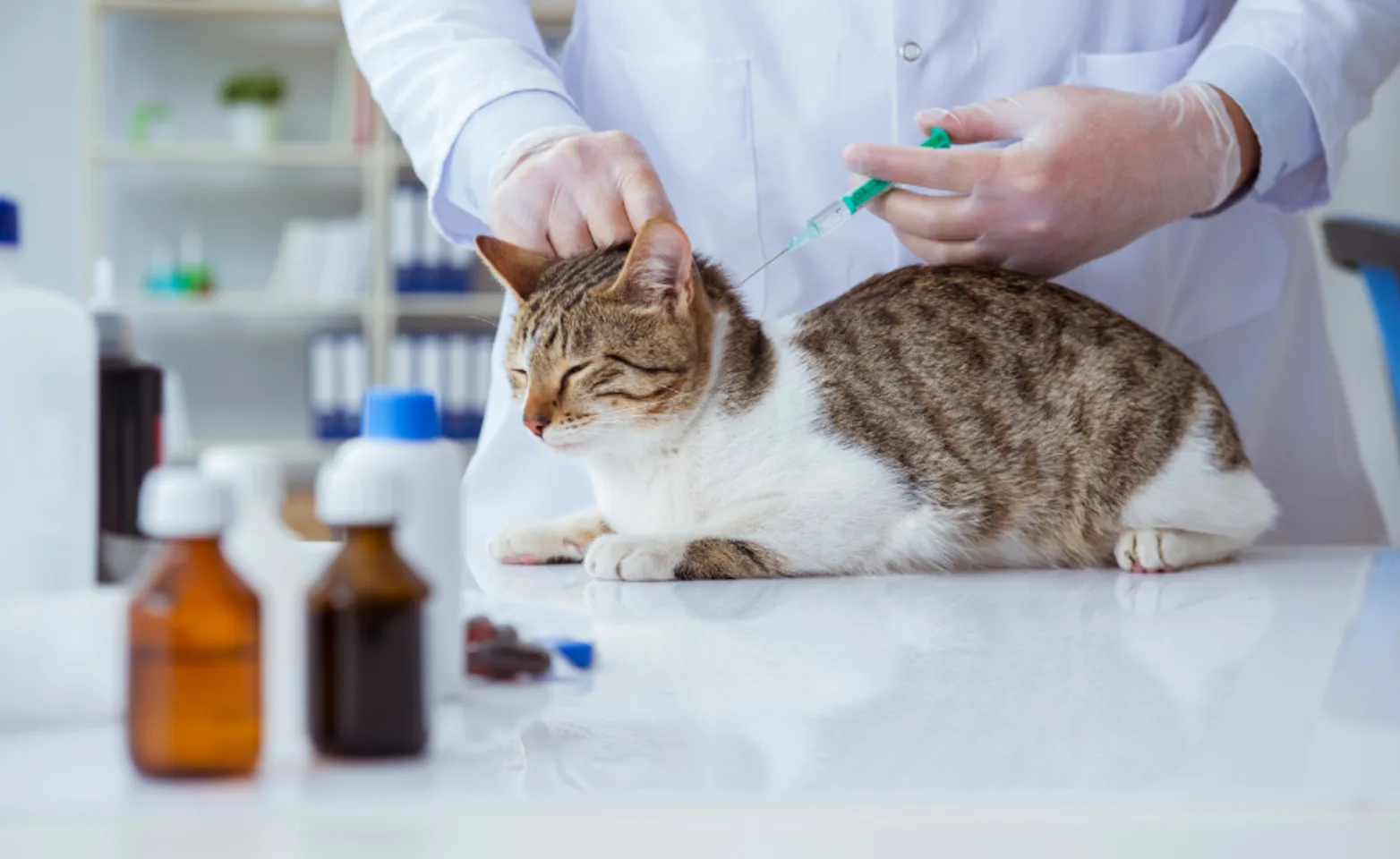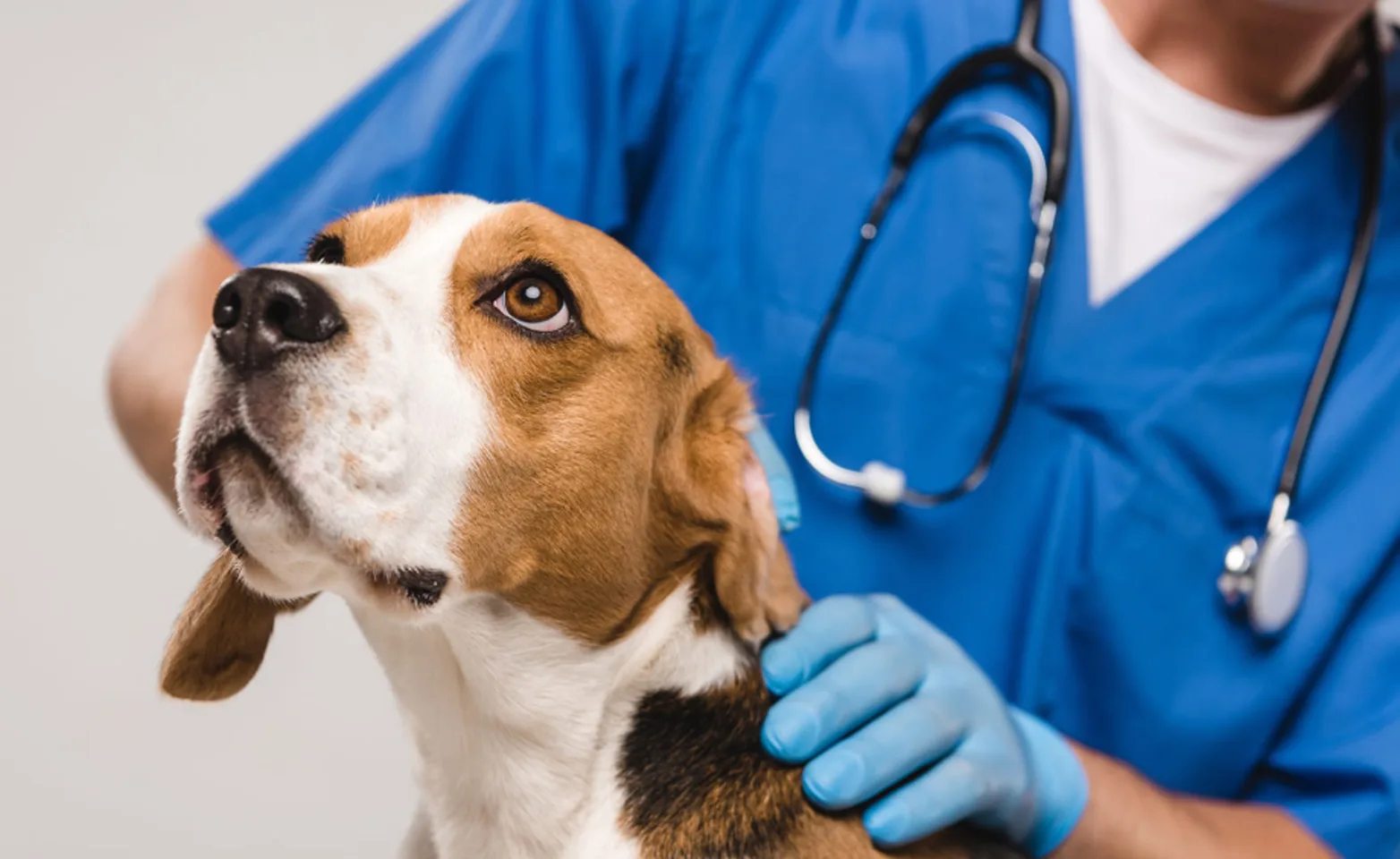Arizona Veterinary Emergency & Critical Care Center

Diagnostic Services

We offer specialized imaging services at our facility, all radiographs are reviewed by a boarded radiologist to accurately assess and diagnose any issues. Our emergency doctors are also specially trained to perform brief ultrasounds to quickly discern the presence of any fluids in the abdomen or chest.
Overview
Radiography, also known as X-rays, is one of the most common and valuable medical diagnostic tools. X-rays are highly useful for screening areas of the body that have contrasting tissue densities, or when evaluating solid tissues.
Ultrasounds
In addition to X-rays, our veterinarians are trained to perform ultrasounds to check for any fluids or abnormalities in the lungs and chest. These tests offer rapid results that our team can use to quickly and effectively diagnose issues in critical situations, allowing us to begin treatment as soon as possible.
Why would my pet need x-rays?
If your pet is sick or has suffered a trauma, X-rays provide a minimally invasive tool to help our doctors diagnose your pet.
When is X-ray testing appropriate?
We use radiology alone or in conjunction with other diagnostic tools depending on the patient’s condition. We’re fully equipped to perform routine radiology services to identify many types of illness or injury when pets are sick or suffer a trauma.
How is X-ray testing used?
X-rays can be used to detect a variety of ailments in animals including arthritis, tumors, bladder and kidney stones, and lung abnormalities such as pneumonia. They are also used to evaluate bone damage, the gastrointestinal tract, respiratory tract, genitourinary system, organ integrity, and even identify foreign objects that may have been ingested. In some cases, we may need to sedate your pet or use short-acting general anesthesia.

In-house diagnostic testing produces rapid results that can quickly identify problems your pet may be experiencing so that proper treatment can begin.
Overview
Unfortunately, pets can’t tell us where it hurts, and oftentimes, a healthy appearing animal may be masking symptoms of disease or illness. We recommend veterinary diagnostic testing to identify any problems and to begin treatment as early as possible. These tests are especially helpful when symptoms are unspecific or hard to define.
When would laboratory work be needed?
When your pet comes in for critical or emergency care, our diagnostic lab will run various tests as necessary to determine the best treatment for your pet. Rapid results are available so we can begin treatment right away.
How do veterinarians use laboratory work?
We can check your pet's cardiovascular, neurological, gastrointestinal, and skeletal systems for any abnormalities. We may also perform blood and/or urine tests if necessary to check their kidneys, liver, pancreas, and endocrine system. Based on your pet’s condition, we may recommend further diagnostic testing.
If you’re concerned that something may be wrong with your pet, please bring them into our hospital.

We use electrocardiography to measure and evaluate the electrical activity of the heart to diagnose potential heart conditions your pet may suffer from.
Overview
Electrocardiography, also referred to as EKG, is a diagnostic tool used to measure the electrical activity of the heart. The recorded measurements are reviewed by a cardiologist to screen for or monitor any heart conditions.
Why would my pet need electrocardiography?
If your pet is having heart-related health issues, diagnostic tools such as an EKG or Echocardiogram can be used to help diagnose the problem and provide insight on available treatment options.
When would my pet need electrocardiography?
Our doctors may recommend an EKG if they hear or suspect that your pet has a heart murmur or if they are experiencing any symptoms of heart-related conditions. If your pet is experiencing symptoms such as lethargy, fainting, shortness of breath, or other irregular behaviors, contact us immediately as those could be indications of heart disease.
How does electrocardiography work?
Veterinarians use EKG testing and echocardiograms to evaluate your pet's heart. They are both noninvasive, safe with no risk of exposure to radiation, and only take a few minutes. They’re performed typically with the pet lying down on a padded table.
The EKG is an effective tool that measures the electrical efficiency of the heart. It’s commonly used to evaluate the heart rhythm, identify abnormalities in the heartbeat, and potential damage to the heart muscle and tissue. An echocardiogram uses ultrasound technology, or high-frequency sound waves, produced by a transducer and directed towards the chest. These two exams used together can greatly increase the accuracy of diagnosis of many heart conditions for your dog or cat.
